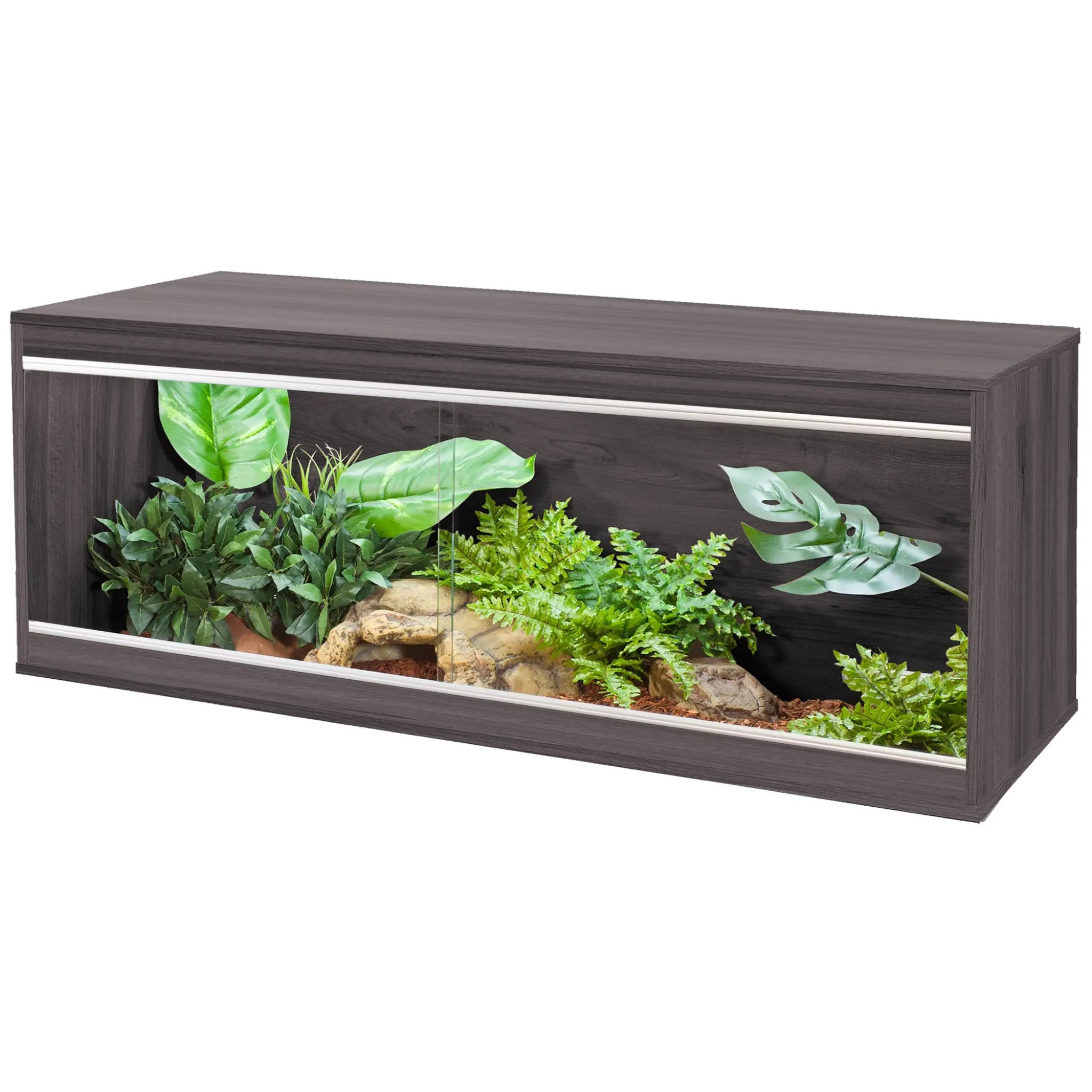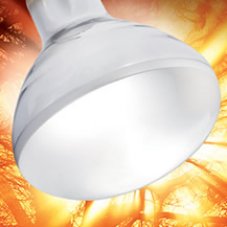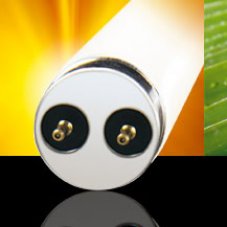Free Delivery
On order over £99*



Scientific Name: Lissachatina fulica

Region of Origin: East Africa

Potential Adult Size: 20cm (8 inches)

Average Life Span: Up to 5-7 years

Dietary Requirements: Herbivorous

Other Names: African Land Snail, Achatina fulica

The Giant African land snail is a popular pet invertebrate in the UK. They grow to a whopping 20cm in length and are very hardy making them a unique and fascinating pet for young or new exotic pet keepers.
Within Africa, the giant African land snail is found along the east coast of South Africa, Somalia, Mozambique, Tanzania, Kenya, and Ethiopia. Likely distributed by humans it has also been found in China, South America, North America, and Polynesia.


African land snail do well with a glass terrarium as their enclosure. This is because glass is great at allowing heat to escape ensuring that the enclosure stays cool enough. Other enclosures such as wooden vivariums are far too efficient at retaining heat.
This snail's terrarium should be at least 30cm (300mm) in length and 30cm (300mm) in height for a juvenile. An adult would be better suited to an enclosure 45 x 45 x 45cm. The snail is going to grow to around 5-8" so they need a space large enough for them to move around in.
African land snail require a near constant air temperature of 70-75°F. This is best achieved by sticking a heatmat on one side of the glass enclosure. This heatmat is regulated using a thermostat to make sure the temperature stays constant. If the enclosure is in a cool room, a small basking lamp in a dome over the terrarium can help to raise the temperature on one side.
As the glass is only being heated on one side this also creates a small temperature gradient within the enclosure allowing the snail to warm itself up or move away to cool down.


Giant African land snails should be given a day night cycle and would be exposed to some sunlight in the wild so we recommend using a Zone 1 UVB lamp over the enclosure during the day time.
Alternative lighting options include a small basking lamp in a dome holder over the ceiling to light and heat one side of the enclosure or a LED canopy.
We recommend lighting the enclosure for 10-12 hours per day and keeping the lights off at night to provide a natural day and night cycle.
African land snail should always be allowed at least 2'' of substrate. We find the best substrate for this snail is a soil mix called spider life. The snails terrarium can be decorated with artificial plants for a more natural look. Small natural wood ornaments look very effective and also provide further perches for the snail. Trailing plants are very good at disguising electrical wires and equipment, as well as providing cover for young snails.
African land snail eat vegetation. The core of the diet should be a mix of kale, cabbage, and leafy greens. Vegetables we often use in store include: spring greens, curly kale and Italian herb mix as the base of the salad. Grated carrot, parsnip or courgette can be added for additional textures and chopped bell peppers for colour . We recommend feeding the salad daily to make sure they never run out of food and removing any left uneaten the next morning.
Giant African land snails do not require a lot of supplementation. We very lightly dust the salad with a balanced calcium and multivitamin powder. We also recommend leaving small chunks of cuttlefish bone or similar products in the enclosure for added calcium.
Giant African land snails will lay 100-500 eggs per clutch and up to 1200 eggs in a single year. The eggs will hatch 11-15 days later after being laid depending on the conditions in the enclosure.
To prevent you from being overrun the eggs can be frozen soon after they are laid to prevent them from developing and hatching.
Giant African land snails, as with most pets, require a clean environment to thrive. We recommend a spot clean as often as possible (every day) and a full clean every 4 weeks or so. If you are keeping the snail in a bio-active enclosure you can spot clean and monitor the enclosure. It may still be a good idea to change out the bedding a few times per year.
When cleaning the enclosure, you should remove your animal, all decorations and all of the bedding. Once the enclosure is clear you can spray it all over with a reptile friendly disinfectant. These usually work very quickly and only need to be left for around 30 seconds, instructions can normally be found on the disinfectants packaging. Once the disinfectant has done its work it can be wiped away from the surfaces with a paper towel. In some cases, you might want to repeat this process a second time to ensure that the enclosure is thoroughly cleaned.
Your decorations can be cleaned in a similar method, simply spray them down with the disinfectant and rinse thoroughly with water before drying them off and putting them back into the enclosure. We recommend this process is done during the day time to make sure that the snail will be going back to a warm terrarium for at least an hour before the basking lamps are turned off for the night.
Sign up to the Reptile Centre newsletter so you don't miss out on all the latest offers and guides to give your pet the best they deserve







